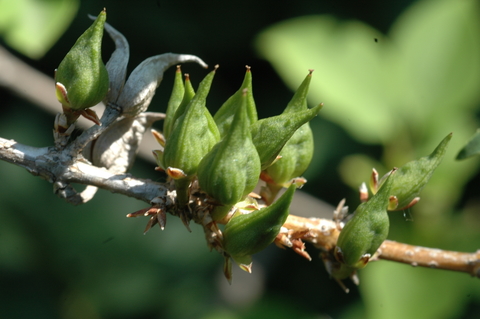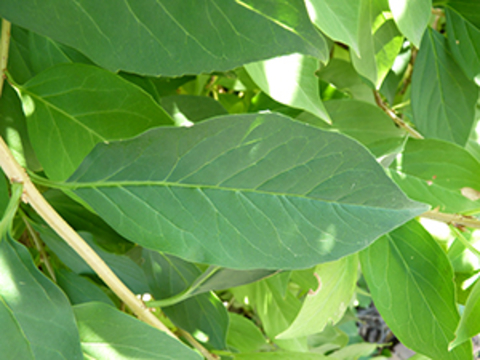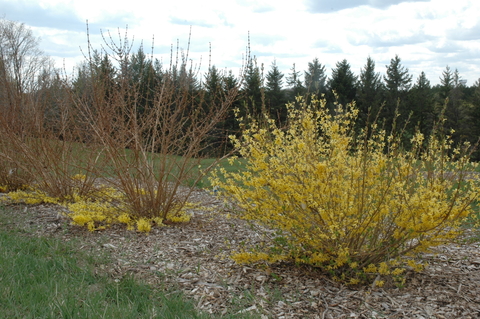Forsythia (Forsythia spp.) are non-native shrubs grown for their yellow flowers that bloom in early spring. They are easy plants to grow because of their adaptability.
Forsythia's main season of interest is spring, but some varieties have yellow fall leaf color.
They are often used in groupings or as screen plants in the landscape.
Description
Deciduous shrub
Native to China and Korea
Height: 2 to 10 feet
Width: 2 to 12 feet
Fast growth rate; width increases gradually as plants sucker slowly
Mounded, rounded, or upright form
Bell-shaped, bright yellow flowers emerge in April or early May before leaf out
Non-ornamental seed capsules change from green to brown as they mature
Growing forsythia
Hardiness zone: 3b-8
Full sun
Adaptable; sand, loam, or clay
Prefers moist, well-drained soil but is adaptable to other soils. Prefers soil pH 5.0 to 8.0; have your soil tested by the U of M Soil Testing Lab.
The plant produces a lot of stems, so prune regularly after it blooms to maintain an attractive plant shape.
Common pests and plant stress
Deer tolerant
Japanese beetle resistant
- No serious disease problems
Visit What's wrong with my plant? – Forsythia for a list of the most common forsythia pests in Minnesota.
Cultivated varieties of forsythia for Minnesota
One limitation to growing forsythia is flower bud hardiness. Dormant flower buds of non-hardy varieties are often winter-killed in Minnesota.
When spring arrives, these plants only bloom at the base of plants where snow cover insulated and protected flower buds.
Consult the list below for cultivars that are flower bud hardy to provide reliable bloom. Note that even the most hardy of forsythia may still suffer occasional flower bud death during mid- or late-winter thaws.
The following cultivated varieties have been selected for flower bud hardiness, plant form and size, and pest and stress tolerances.
'Fiesta' - 6 feet tall by 5 feet wide, variegated green and yellow foliage, red stems
Gold Cluster™ - 4 feet tall by 4 feet wide, compact growth habit
'Meadowlark' - 10 feet tall by 10 feet wide, excellent flower bud hardiness to -35
Show Off®Starlet - 3 feet tall by 3 feet wide, compact growth habit
'Northern Gold' - 8 feet tall by 7 feet wide, good flower bud hardiness
'Northern Sun' - 10 feet tall by 9 feet wide, good flower bud hardiness
Reviewed in 2018







